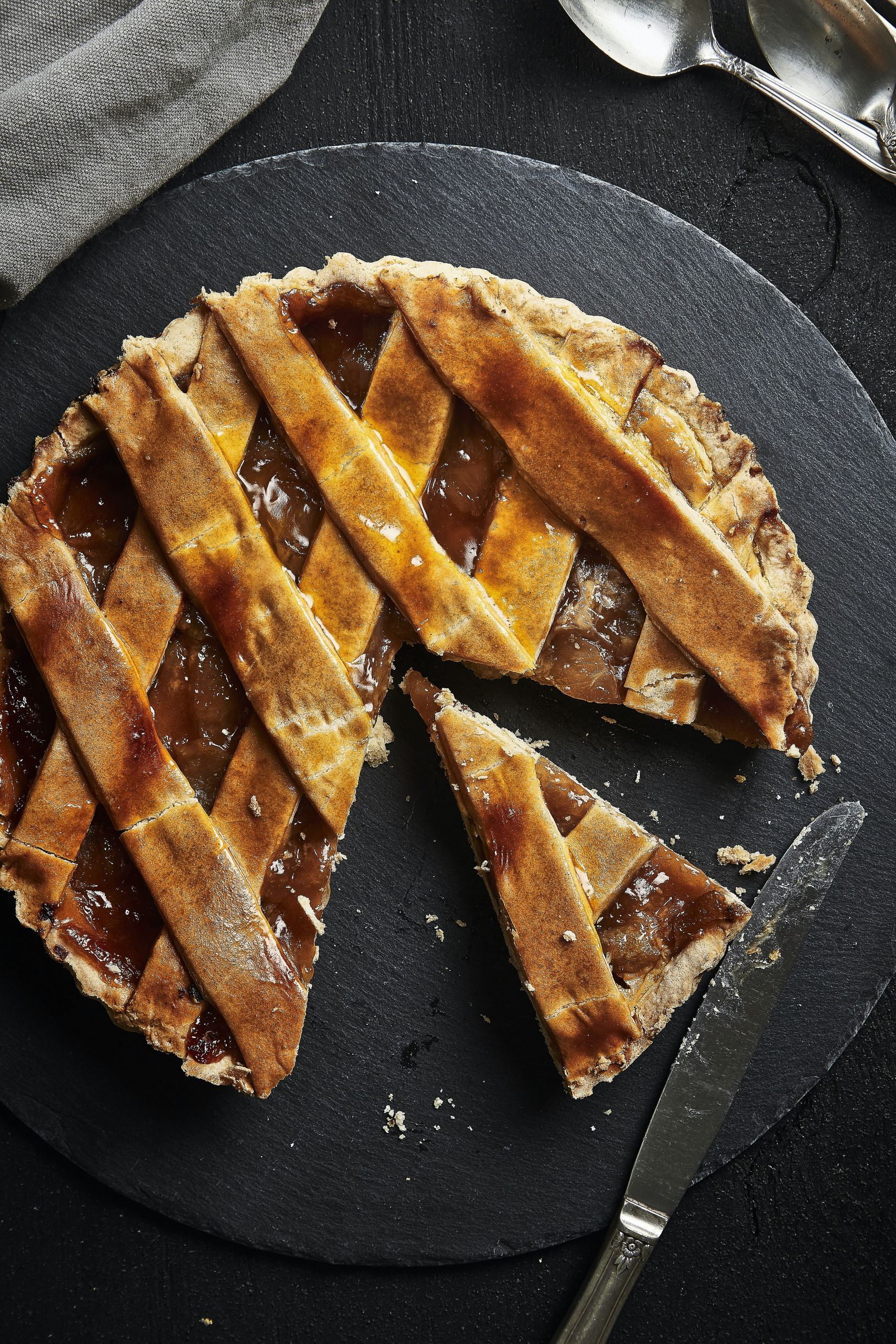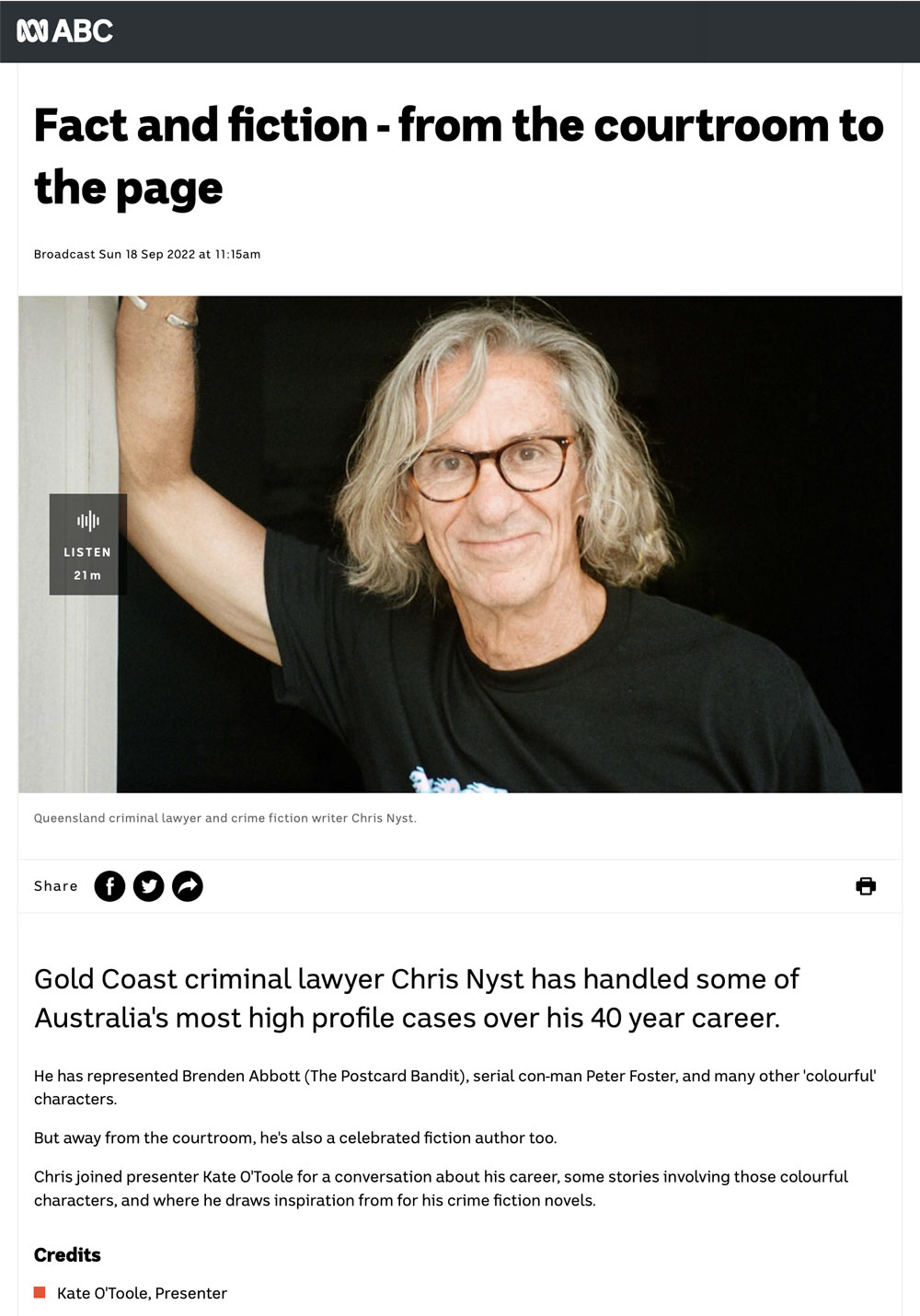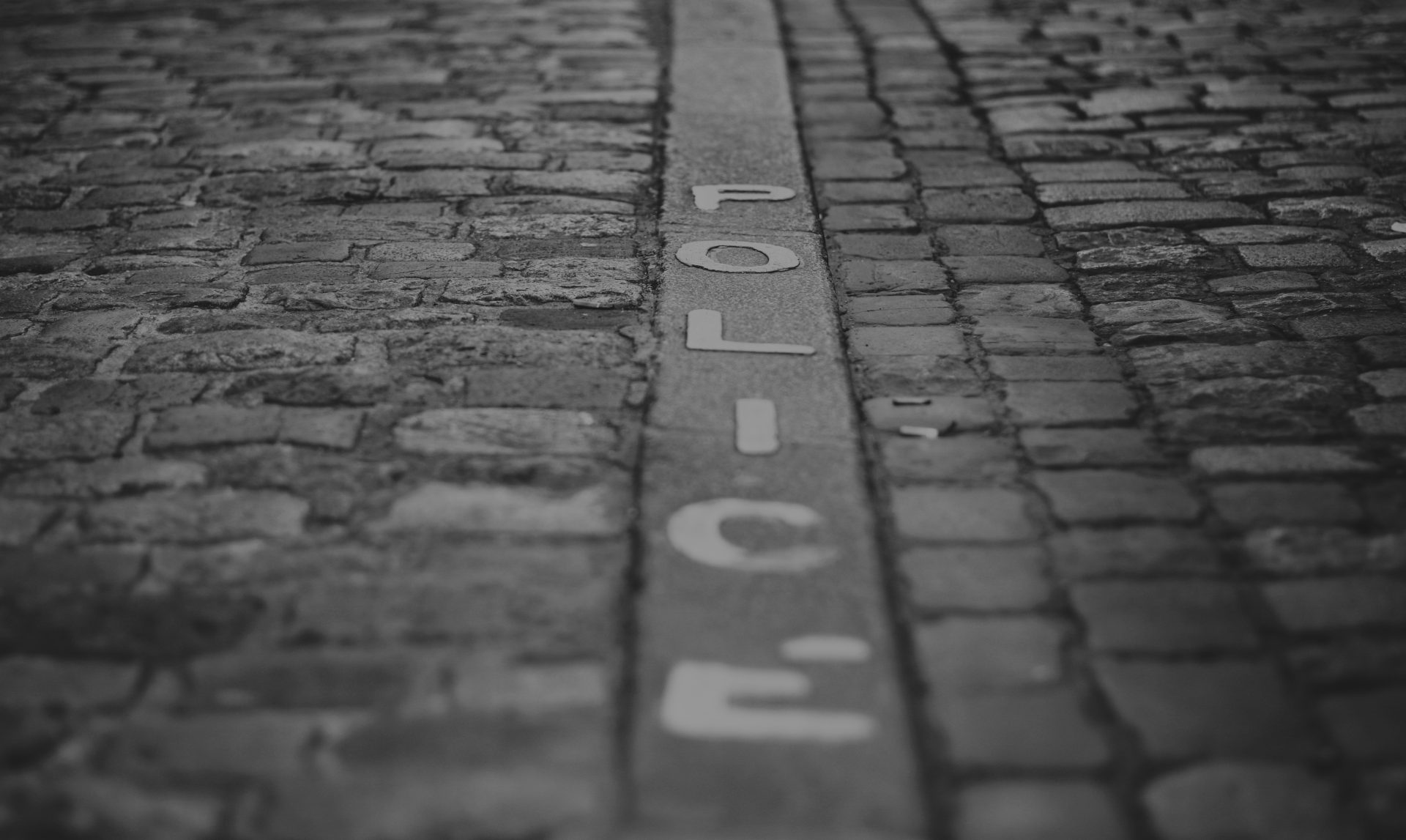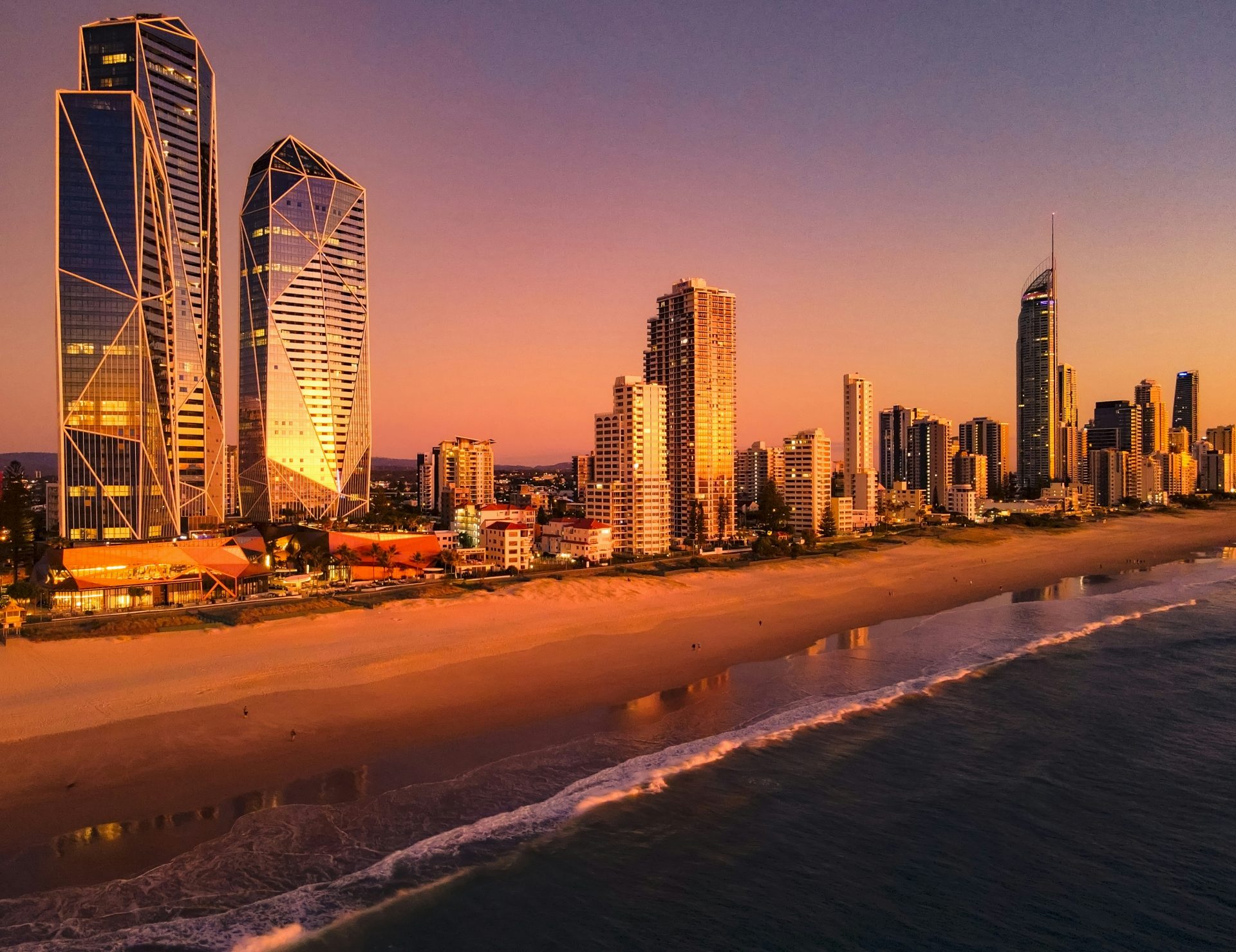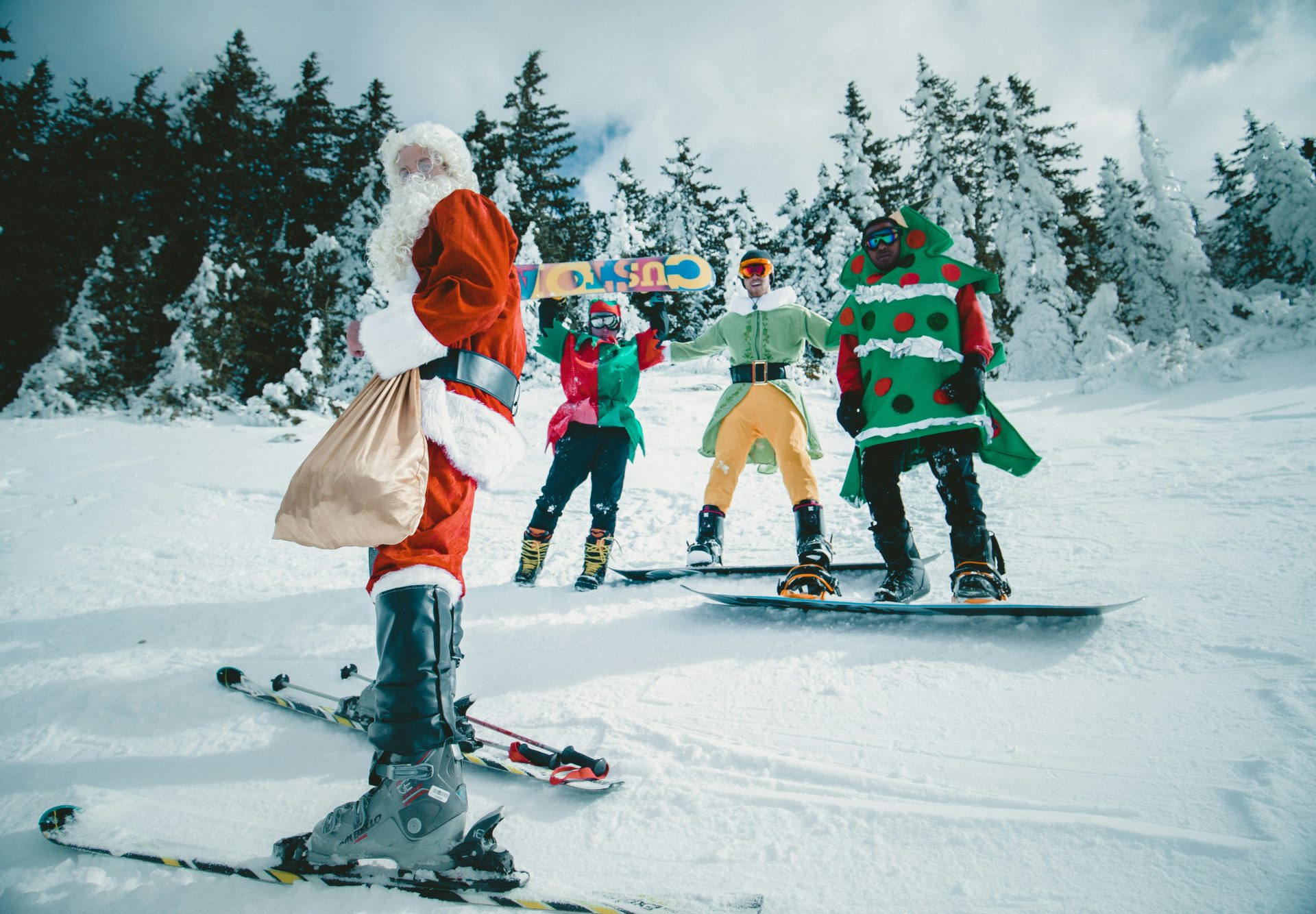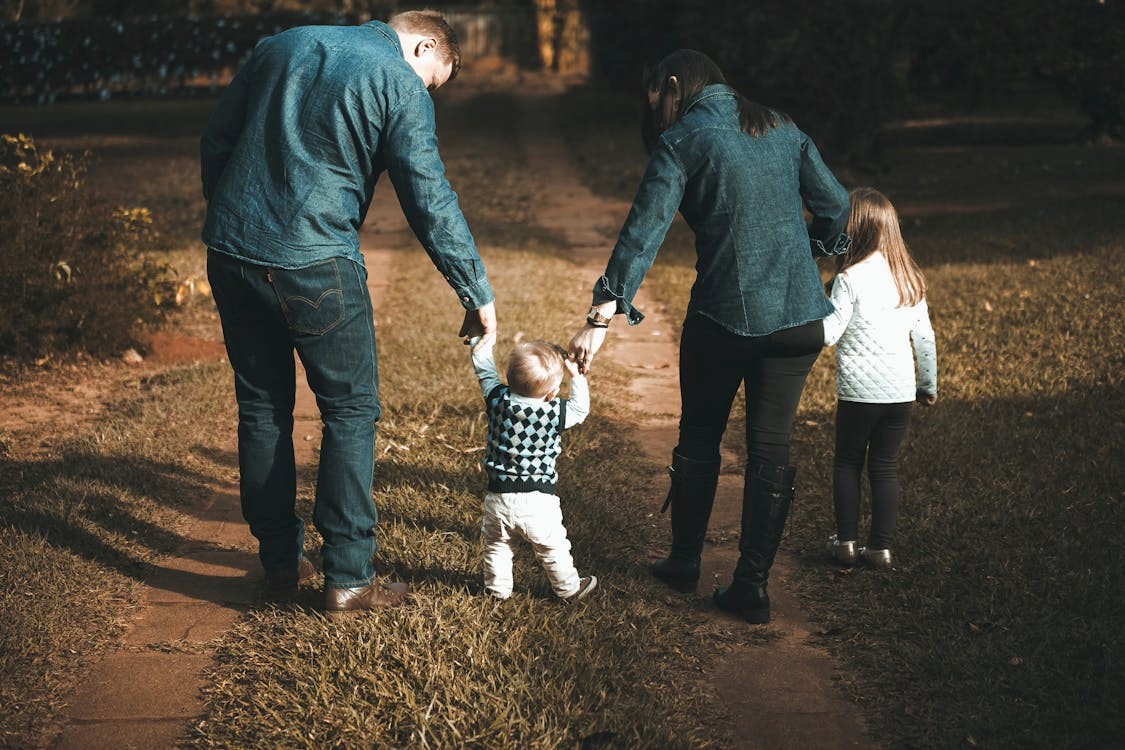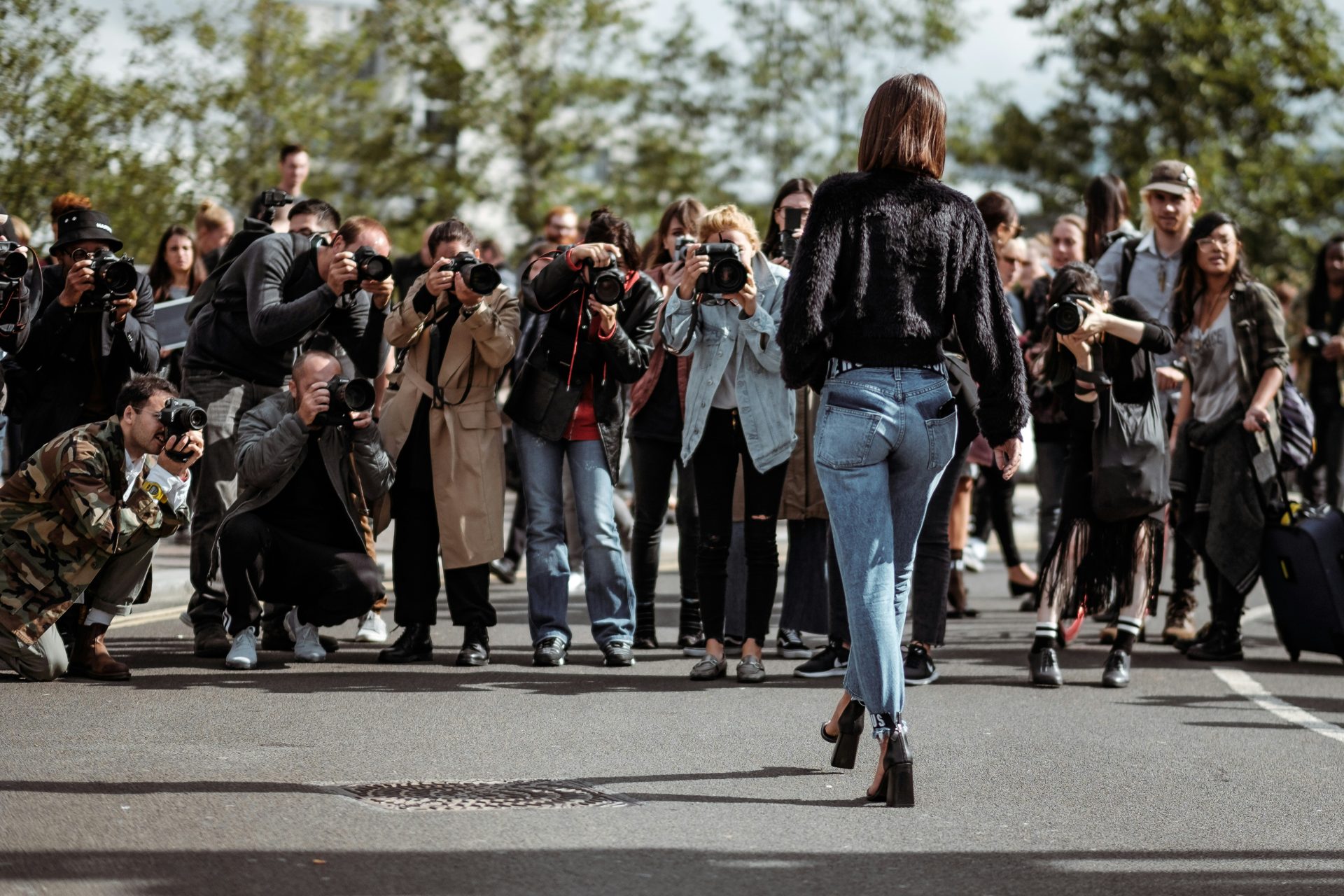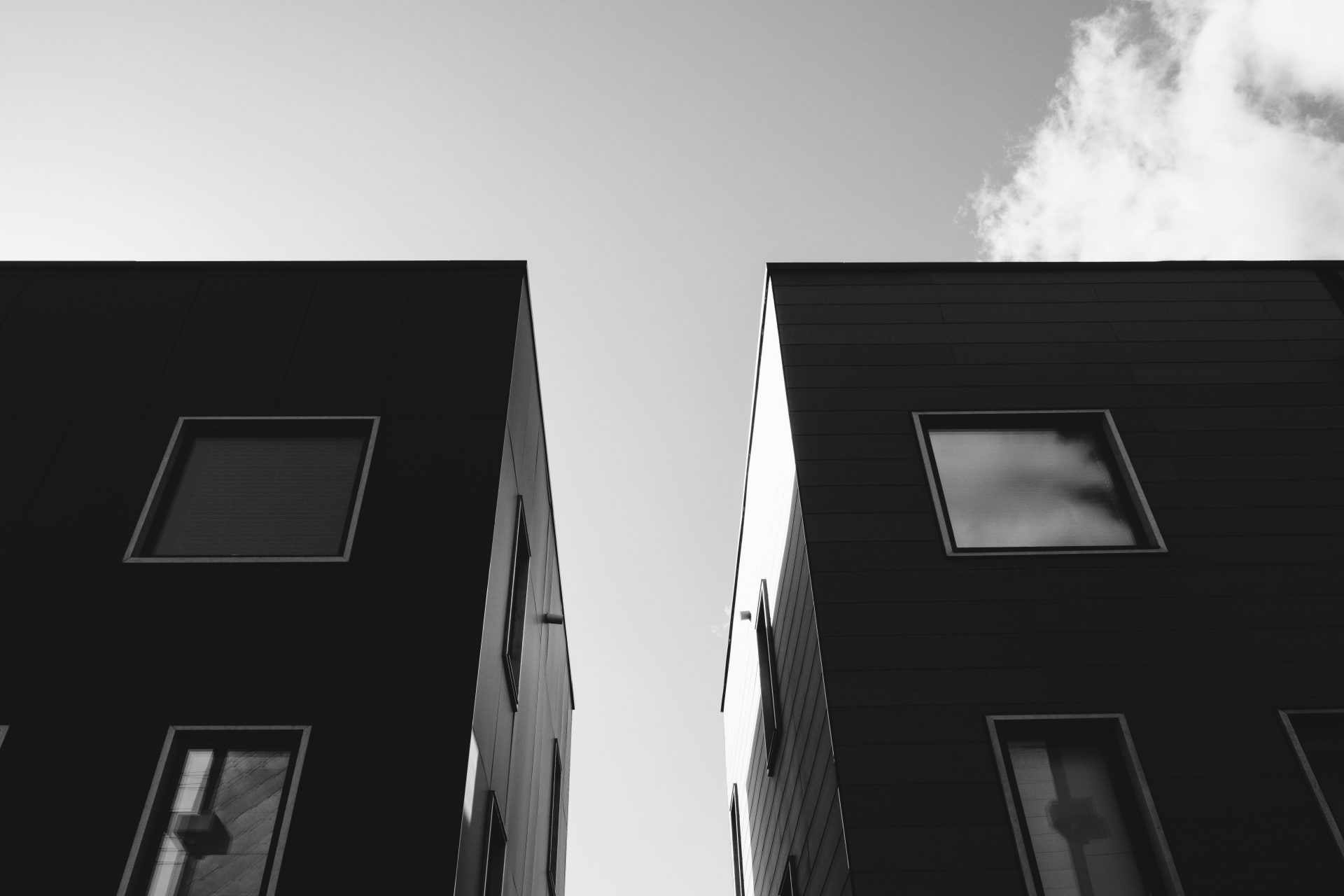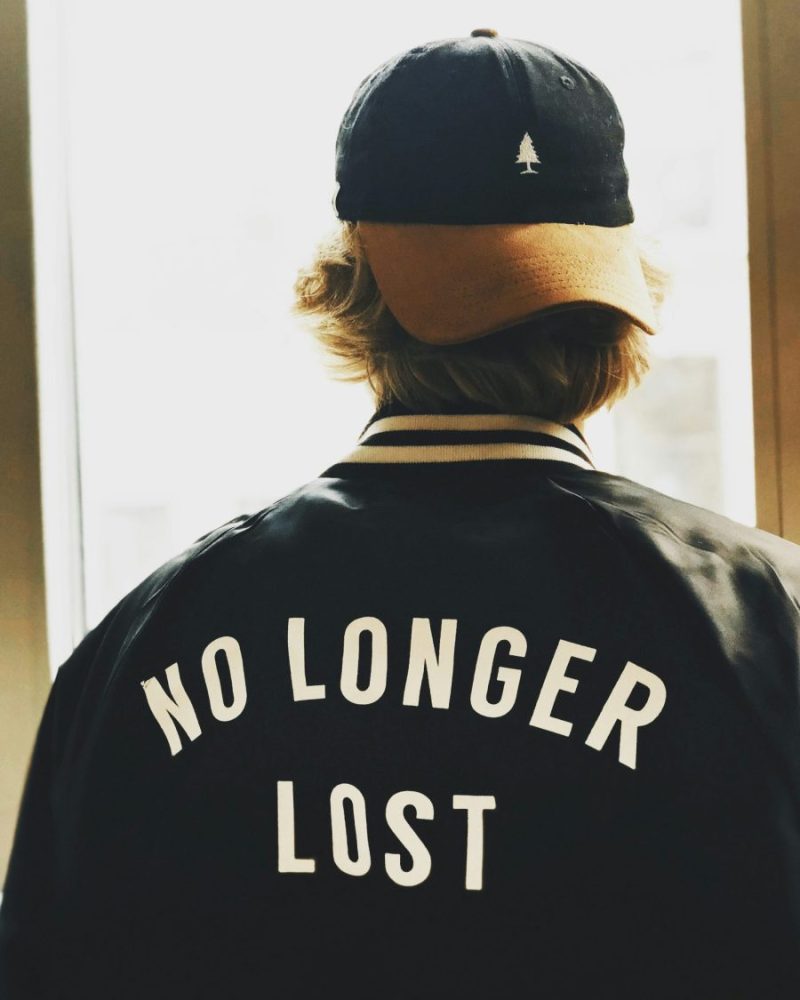Something crazy is happening in America right now. Crazy, and eerily familiar.
As the left and right of US politics fight their perennial good fight, waging familiar and well-worn party-political warfare on the hustings, the man in middle, the average American, lays awake nights worrying it’s all going down the toilet in a hurry, praying for a messiah who will lead him from the wilderness, but fearing he will never come, because no one is listening and no one really cares. Then, just when it’s least expected, along comes a maverick with a crazy hair-do and a ton of front, who steps up onto a soap box and smashes all the taboos keeping Average John awake at night, saying the things he would have said himself except everyone kept telling him that kind of stuff was way off limits and not to be spoken of in public.
Photo: Hugo Aitken
Source: Unsplash
The billionaire presidential aspirant Donald J Trump is crude, rude and overly simplistic, and the left and right unite in common condemnation of his crass, inflammatory politicking. He launches a vitriolic, full-frontal attack on what he calls lopsided trade deals and a broken immigration system, claiming globalization and the open-border flood of cheap labour into the US is hurting Middle America. He speaks straight to the heartland, the American Dreamers invested in the promise of Mom’s Apple Pie and the Land of the Free. His abrasive, straight-talking style often borders on offensive, but for the first time in a long time, Middle Americans feel like someone is speaking to them and about them and for them, the families who dream the Dream, pay the mortgages, work in the factories, and send their sons to war. The Republican fight for big business, they figure, the Democrats for immigrants and impoverished minorities, but now Trump is fighting for them.
Does that all sound a little bit familiar to you? Perhaps it should. About twenty years ago our own red-haired bombshell Pauline Hanson exploded onto the Australian political landscape in much the same spectacular way. Unlike Trump she was born in humble circumstances in the working-class town of Ipswich, the quintessential little Aussie battler. She left school at 15, first married at 16, and after two divorces opened and ran a fish-and-chip shop in Ipswich. But when she entered politics in 1996, her outspoken views on aboriginal and other welfare benefits, immigration and multiculturalism, and the emergence of the working-class poor, spoke directly to ‘the average Australian.’ She was talking the language of ‘the little bloke’, openly challenging the political correctness of both major parties. When the Liberals dis-endorsed her she set up her own One Nation Party, on a populist, conservative, anti-multiculturalism platform. As is happening now with Trump, the big end of town ridiculed her followers as an irrelevant, red-neck minority. But when One Nation took more than 22% of the vote in the 1998 Queensland state election, winning 11 of the 89 seats, the major parties were forced to sit up and take notice, suddenly realising a lot of average Australians had been feeling deeply disenfranchised.
Currently, the mainstream American media is pouring a skip-load of scorn and invective over Trump, discounting him as a buffoon, and working hard to stem the tide of voter enthusiasm for his barnstorming style. A recent Washington Post editorial openly declared the way to “defend our democracy” was to stop Donald Trump being the Republican candidate for presidency. But democracy is about the will of the people – all the people – and American politicians, like Australian politicians before them, would do well to fix their eyes firmly on the ball, not just the man. After all, for all his outlandish rhetoric, seeming lack of substance and paucity of policy, Donald Trump racked up around 7.5 million votes in the primaries. That means a lot of ordinary Americans obviously have serious issues with what’s happening to their country.
Right or wrong, those issues need to be addressed.

